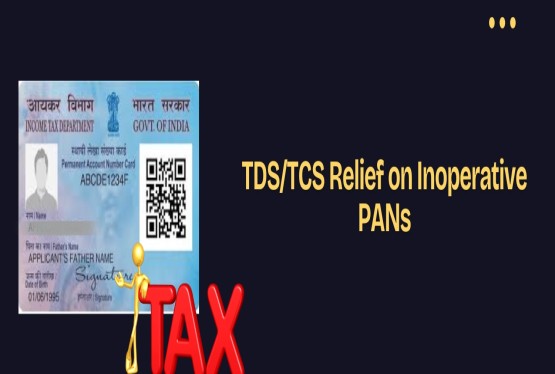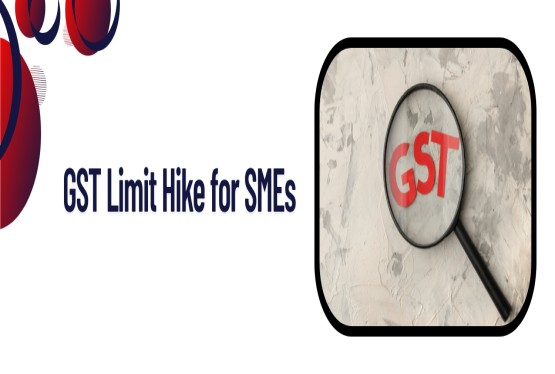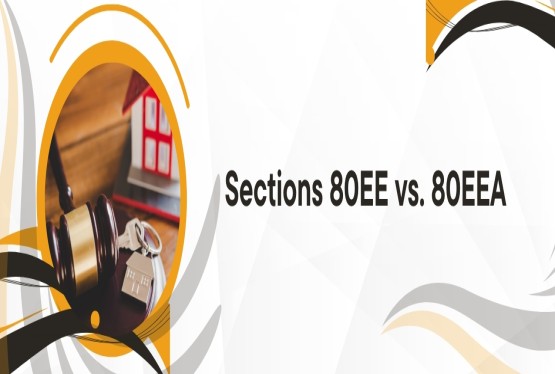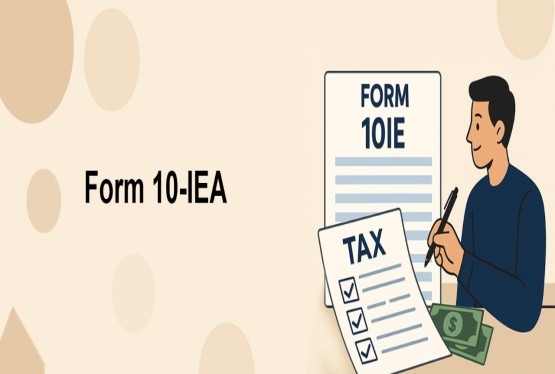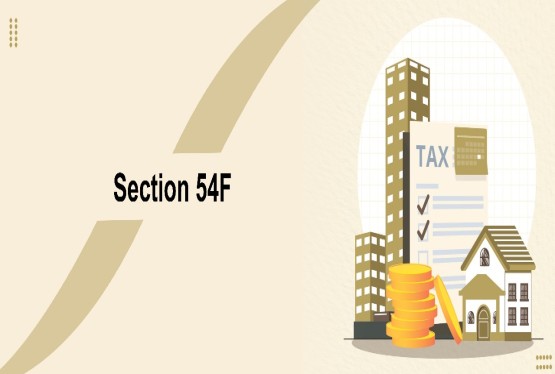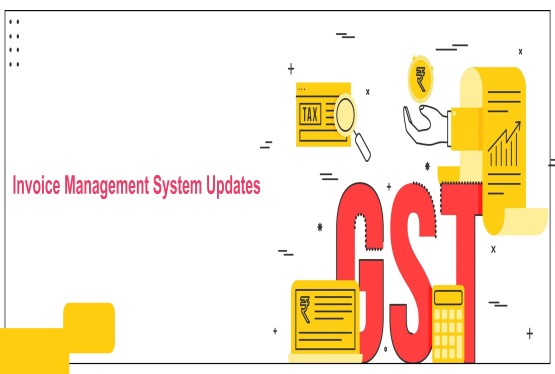The Goods and Services Tax (GST) has brought a unified and transparent tax structure to India, streamlining the taxation of goods and services. Among the wide range of products covered under GST are laptops, computers, and their accessories. These products are classified under the Harmonized System of Nomenclature (HSN) codes, ensuring a standardized and uniform taxation method. In this article, we provide a detailed explanation of GST rates, HSN codes, and related concepts for computers, laptops, and accessories.
How Are GST Rates Decided?
GST rates are determined by the GST Council, a governing body comprising members from both the Central and State Governments. The Council periodically reviews the rates based on revenue requirements, industry recommendations, and economic factors. Adjustments in GST rates are made to promote affordability and economic growth. For instance, if GST collections exceed expectations, the Council may consider reducing rates to stimulate demand and benefit consumers.
What Are HSN Codes?
The HSN code system is an internationally recognized classification of goods. It categorizes products under unique numerical codes, facilitating smooth taxation and trade practices. In India, GST rates for goods are directly linked to their corresponding HSN codes. This linkage ensures consistency and simplifies tax processes for businesses and consumers alike.
HSN Code for Computers, Laptops, and Accessories
The 4-digit HSN code for computers, laptops, and similar devices is 8471. This classification falls under Chapter 84 of the HSN, which includes "Automatic Data Processing Machines and Units." The GST rate for products under this category is 18%.
Definition of Automatic Data Processing Machines
According to Chapter 84, automatic data processing machines refer to devices capable of:
-Storing processing programs and essential data for execution.
-Being freely programmed as per user requirements.
-Performing arithmetic computations specified by the user.
-Executing processing programs that modify execution logically without human intervention.
These machines can consist of multiple interconnected units, including input and output devices. Any unit that meets these criteria and is part of an automatic data processing system is also classified under HSN code 8471.
HSN Code for Accessories
Devices connected to data processing machines are also included under this classification if they:
1. Are primarily used in data processing systems.
2. Can connect to the central processing unit (CPU).
3. Accept or deliver data in formats usable by the system.
Examples include keyboards, mice, printers, and USB drives.
GST Rates for Computers, Laptops, and Accessories
The GST rate for laptops, computers, and accessories is uniform at 18%, with certain exceptions for specific product categories. Below is a detailed breakdown:
GST Rates for Common Devices
|
Product |
GST Rate |
|
Laptops |
18% |
|
Desktop computers |
18% |
|
Desktop monitors (up to 32 inches) |
18% |
|
Desktop monitors (above 32 inches) |
28% |
|
Hard drives |
18% |
|
External hard drives |
18% |
|
Pen drives |
18% |
|
Optical drives |
18% |
|
Keyboards and mice |
18% |
|
Printers |
18% |
HSN Code Details for Computers and Accessories
The HSN code system provides detailed classifications, ensuring clarity in taxation. Here is a closer look at HSN codes for specific computer-related products:
|
HSN Code |
Item Description |
GST Rate |
|
8471 |
Automatic data processing machines and units, magnetic or optical readers, data transcription devices |
18% |
|
8471 30 |
Portable computers (e.g., laptops) |
18% |
|
8471 41 |
Micro-computers and large-frame computers |
18% |
|
8471 60 |
Input/output units (e.g., keyboards, mice, printers) |
18% |
|
8471 70 |
Storage devices (e.g., hard drives, USB drives) |
18% |
|
8471 90 |
Other units of automatic data processing machines |
18% |
How to Calculate GST on Computers and Laptops?
Calculating GST for computers and laptops involves applying the GST rate to the selling price. Here’s a simple example:
Example Calculation
-
Selling Price of Laptop: Rs. 50,000
-
GST Rate: 18%
-
GST = (Price of Laptop * GST Rate) / 100
-
GST = (Rs. 50,000 * 18) / 100 = Rs. 9,000
Therefore, the laptop’s total price would be Rs. 50,000 + Rs. 9,000 = Rs. 59,000.
Note: Discounts and additional charges may affect the final GST amount.
Input Tax Credit (ITC) for Computers and Laptops
Businesses purchasing laptops and computers for taxable activities can claim Input Tax Credit (ITC). Here are the key points:
-Eligibility: ITC is applicable only if the devices are used for business purposes.
-Required Documentation: Ensure valid tax invoices, debit notes, and bills of entry are maintained.
-Compliance: Proper record-keeping is essential for smooth ITC claims during GST returns.
Benefits of ITC
Claiming ITC reduces the tax liability on businesses by allowing them to deduct the GST paid on purchases from the GST collected on sales. This provides significant cost savings for businesses.
Exemptions Under GST for Computers and Laptops
Most laptops, computers, and accessories do not have specific exemptions under GST. However, certain categories of purchases, such as those made by educational institutions or government agencies, may qualify for special considerations. Always check the latest GST guidelines or consult a tax professional for accurate information.
GST on Inter-State Purchases of Laptops and Computers
If you purchase a laptop or computer from a different state, Integrated Goods and Services Tax (IGST) applies. The seller charges IGST at the applicable rate (18% for most computer-related products). Businesses can still claim ITC for IGST paid, provided the device is used for business purposes.
Impact of GST on the IT Industry
The implementation of GST has simplified the taxation of IT products, creating a uniform tax structure. However, it has also led to a slight increase in the prices of laptops and computers due to the higher tax rate of 18%, compared to the pre-GST regime. Despite this, businesses benefit from easier compliance, the availability of ITC, and reduced cascading taxes.
Advantages for Consumers and Businesses
-Simplified Tax Structure: Uniform GST rates eliminate the complexities of multiple taxes.
-Transparency: Clear tax slabs and HSN codes ensure that consumers understand the tax components in the product’s pricing.
-Ease of ITC Claims: Businesses can offset their GST liability, reducing overall costs.
Conclusion
GST rates and HSN codes is important for both consumers and businesses dealing with laptops, computers, and accessories. The 18% GST rate under HSN code 8471 provides uniformity in taxation, ensuring transparency and compliance. While this rate has marginally increased the prices of these products, businesses can leverage ITC benefits to offset costs. To stay updated with the latest regulations and ensure accurate tax calculations, always consult official guidelines or seek advice from tax professionals.
FAQs
1. What is the GST rate for MacBooks?
Ans. The GST rate for MacBooks is 18%, the same as other laptops.
2. Does GST impact laptop prices?
Ans. Yes, GST has marginally increased the prices of laptops and computers compared to the pre-GST era, where taxes ranged between 14-15%.
3. What is the GST rate for computer accessories?
Ans. Accessories like keyboards, mice, and chargers are taxed at 18%.
4. Can ITC be claimed for personal laptops?
Ans. No, ITC is only applicable if the device is used for business purposes and proper documentation is maintained.
5. What is the GST rate for computer monitors?
Ans. Monitors up to 32 inches are taxed at 18%, while monitors above 32 inches attract a higher rate of 28%.
6. Are there exemptions for educational institutions?
Ans. While there are no direct exemptions for laptops and computers, purchases made by educational institutions may qualify under broader provisions. Always verify with the latest GST rules.








_crop10_thumb.jpg)

















































































_for_FY_2025-26_crop10_thumb.jpg)



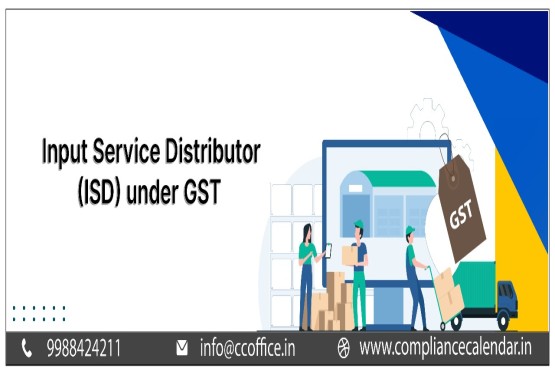








_learn_crop10_thumb.jpg)








_Filing_Due_Dates_for_FY_2024-25_learn_crop10_thumb.jpeg)
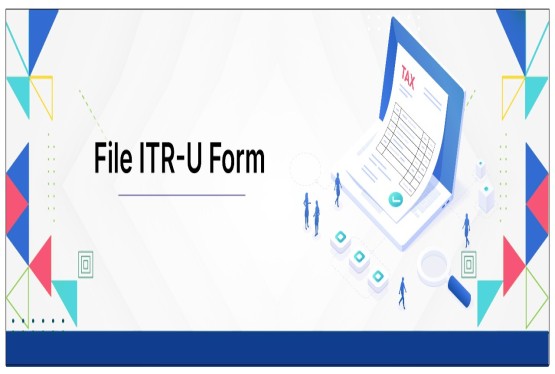

























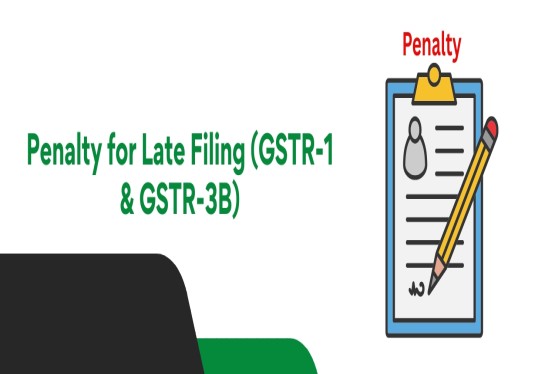












_of_GST_Act_learn_crop10_thumb.jpg)










_Under_GST_learn_crop10_thumb.jpg)









_crop10_thumb.jpg)


_crop10_thumb.jpg)






_learn_crop10_thumb.jpg)






















_of_the_Income_Tax_Act_learn_crop10_thumb.jpg)



_learn_crop10_thumb.jpg)
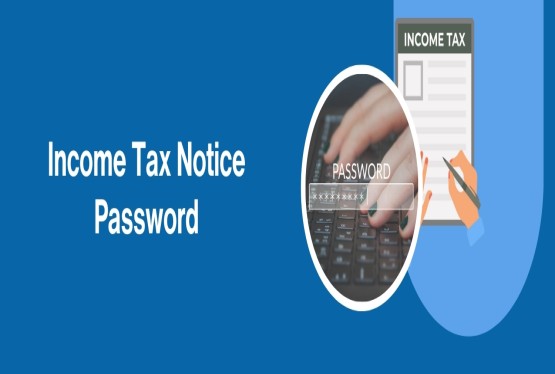





_learn_crop10_thumb.jpg)






_crop10_thumb.jpg)




















_in_The_Income_Tax_Act,_1961_learn_crop10_thumb.jpg)



_learn_crop10_thumb.jpg)



_of_the_Income_Tax_Act_learn_crop10_thumb.jpg)


_Of_Income_Tax_Act_learn_crop10_thumb.jpg)








_learn_crop10_thumb.jpg)








_learn_crop10_thumb.jpg)
_crop10_thumb.jpg)






















_learn_crop10_thumb.jpg)
_for_Import_and_Export_learn_crop10_thumb.jpg)











